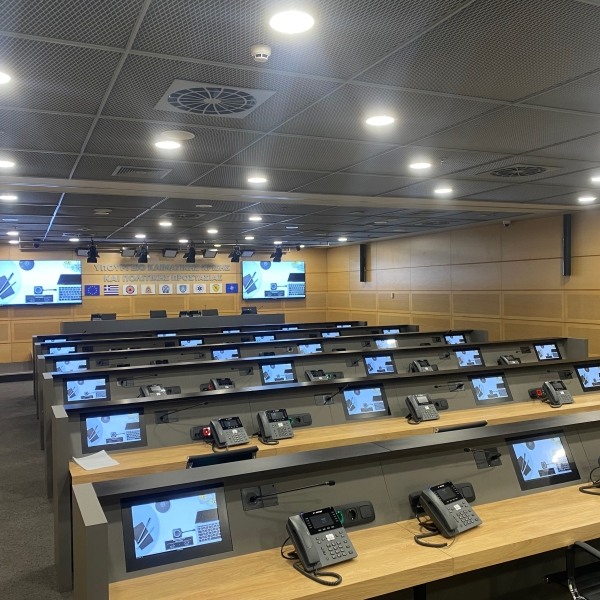
OTE Video Contribution Network
Client:
OTE
Solution:
Broadcast
Industry:
Media & Entertainment
Country:
Greece
Project Summary
Between 2007 and 2009, Telmaco was awarded the contract to supply, commission, and support equipment for upgrading OTE’s national audio/video contribution network. The older technology—operational for decades—was gradually replaced with Tandberg TV encoders, decoders, adapters, and a unified management system over OTE’s SDH backbone. The project enabled reliable nationwide video contribution with centralized monitoring and control.
1,000
Devices Deployed Nationwide
155
Mbps Backbone Links (STM-1)
24
ASI Streams per Adapter
2009
Completion Year
Overview
OTE required a next-generation solution to modernize its contribution network, replacing legacy technology and enabling flexible point-to-point and multipoint connections across Greece. Telmaco deployed nearly 1,000 devices—including MPEG-2 4:2:2 encoders, decoders, ATM/network adapters, and a management platform—integrated over the SDH backbone with STM-1 and E3 interfaces. Centralized monitoring from Athens allowed full visibility, routing, and live alarm handling.
The Challenge
Modernizing a nationwide contribution backbone with zero downtime.
Nearly 1,000 devices installed across Greece.
Replacing decades-old technology while keeping services live.
Supporting both E3 (34 Mbps) and STM-1 (155 Mbps) backbone links.
Unified control and live status/alarm visualization for all sites.
The Solution
A fully integrated contribution network with centralized management.
Encoders and Decoders
Tandberg E5710 MPEG-2 encoders and TT1260 decoders.
Network Adapters
Tandberg MA5300D for high-traffic hubs, TT6120 for low-traffic sites.
Management System
Tandberg nCM Cortex software with multi-client GUI and alarm logs.
Centralized Control
All routing and monitoring managed from OTE’s Athens hub.
Tailored Services
Nationwide MPEG-2 encoders, decoders, and adapters.
Tandberg nCM Cortex platform for centralized monitoring.
STM-1/E3 interfaces and SDH backbone integration.
On-site commissioning and training for OTE operators.

